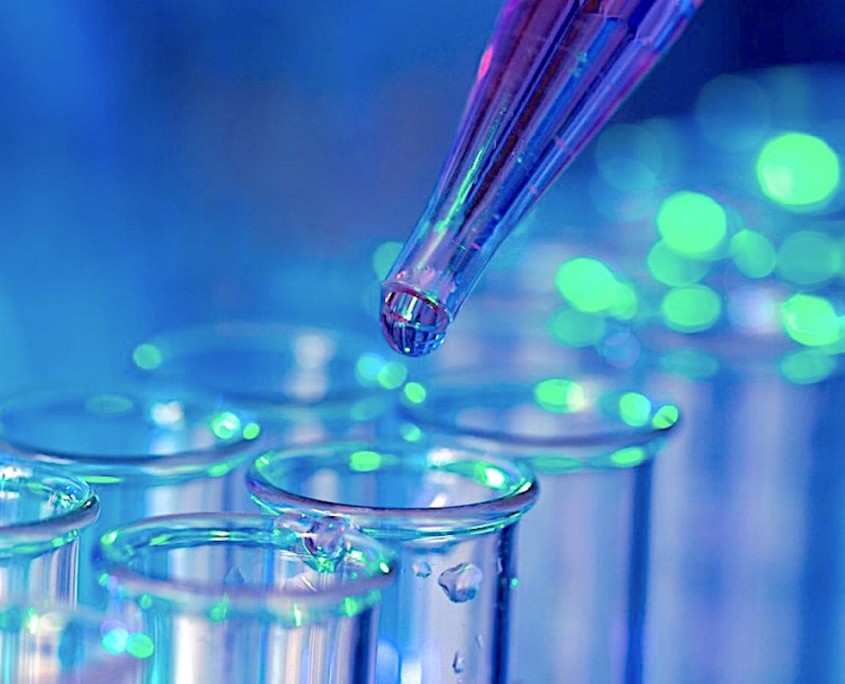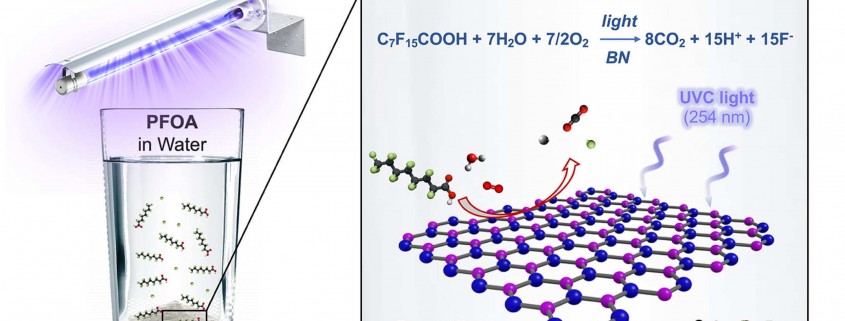Boron nitiride catalyst destroys toxic PFAS
“forever chemicals”
Through experiments on water samples in the lab, scientists have uncovered a new catalyst that destroys some types of “forever chemicals”
motorolka
Chemical pollutants mean bad news for the environment, but some types are far more harmful than others. At the extreme end of the spectrum are toxic substances such as PFAS and GenX ,which fall into a class known as “forever chemicals” for their ability to endure in the environment for a very long time. Rice University researchers have happened upon a powerful new tool they say could help neutralize this threat, offering a new catalyst that can destroy them in a matter of hours.
The trouble with forever chemicals, or in more scientific terms perfluoroalkyl and polyfluoroalkyl substances (PFAS), is not just that they linger in the environment for a very long time, but how widely they are used. More than 4,000 compounds fall under this category of chemicals and they feature in everything from waterproof clothing and nonstick pans to firefighting foams and food packaging. Studies have also revealed their presence in tap water and the blood of nearly all Americans.
The Rice University team hoped to build on earlier work in which it developed catalysts for other chemical pollutants such as trichloroethene (TCE) and nitrates. Through a long process of trial and error, the researchers finally found some success with the synthetic mineral boron nitride (BN), in neutralizing one of the most prevalent PFAS chemicals called PFOA (perfluorooctanoic acid).
“Here’s the observation,” says leader Michael Wong. “You take a flask of water that contains some PFOA, you throw in your BN powder, and you seal it up. That’s it. You don’t need to add any hydrogen or purge it with oxygen. It’s just the air we breathe, the contaminated water and the BN powder. You expose that to ultraviolet light, specifically to UV-C light with a wavelength of 254 nanometers, come back in four hours, and 99 percent of the PFOA has been transformed into fluoride, carbon dioxide and hydrogen.”
Diagram depicting the process by which a boron nitride catalyst destroys PFOA in a water sample
M. Wong/Rice University
These promising results led the researchers to explore the potential of the catalyst to tackle other forever chemicals. In the US, PFOA has been largely phased out, but other synthetic forever chemicals have come to take its place, including one known as GenX.
“It’s a similar story to PFOA,” Wong said. “They’re finding GenX everywhere now. But one difference between the two is that people have previously reported some success with catalysts for degrading PFOA. They haven’t for GenX.”
Wong and his team may have uncovered a potential path forward though. Their experiments showed that BN could also damage GenX under 254-nanometer light, although not with quite the same potency, destroying about 20 percent of it in water samples after two hours of exposure.
The researchers say they already have some ideas about how to improve the catalyst’s performance in tackling GenX. They have also filed patents for the technology and hope to continue developing it for use in water treatment systems as one of its initial applications.
“We tried a lot of things,” says Wong. “We tried several materials that I thought were going to work. None of them did. This wasn’t supposed to work, and it did.”
The research was published in the journal ↓
Environmental Science and Technology Letters.












Leave a Reply
Want to join the discussion?Feel free to contribute!